
How to tell where quick is on dog nails
How to tell where quick is on dog nails? If you’ve ever held a pair of nail clippers over your dog’s paw, hands shaking, you know the fear: snip too far
Parvo is a nasty virus that hits puppies hard, attacking their intestines and leaving them weak, vomiting, and dehydrated. It spreads easily through feces, which means even a quick sniff of contaminated grass during a walk can put your new pup at risk. That’s why vets across Europe and North America stress the importance of a structured vaccination schedule—this isn’t something to skip or delay.
Puppies typically start their parvo protection around 6 to 8 weeks old. Their first shot primes their immune system, but it’s not enough on its own. Maternal antibodies from their mother’s milk can interfere, so boosters are crucial. Most vets recommend a second dose at 10 to 12 weeks, then a final one between 14 and 16 weeks. This timing ensures the vaccine takes hold once those natural defenses fade.
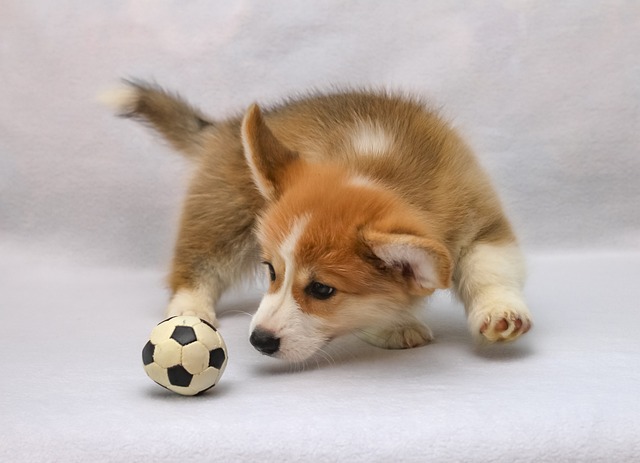 Don’t assume one round is enough. Skipping boosters is a common mistake, especially for new owners eager to take their pup to parks or puppy classes. In places like the UK, where strict animal welfare laws require proof of vaccinations for boarding or grooming, incomplete records could land you in hot water. Even in more relaxed regions, the risk to your dog’s health isn’t worth the shortcut.
Don’t assume one round is enough. Skipping boosters is a common mistake, especially for new owners eager to take their pup to parks or puppy classes. In places like the UK, where strict animal welfare laws require proof of vaccinations for boarding or grooming, incomplete records could land you in hot water. Even in more relaxed regions, the risk to your dog’s health isn’t worth the shortcut.
After the initial series, puppies need a booster around one year old to stay protected. From there, adult dogs usually get parvo shots every 3 years, though some vets adjust based on lifestyle—like if your dog spends lots of time around strays or in high-risk areas. Always check local regulations, too; in parts of Europe, annual vaccinations are mandatory for public spaces.
Watch for signs your pup might need extra care. If they miss a dose due to illness, your vet will likely restart part of the series. And until they’re fully vaccinated (usually a week or two after the final shot), avoid areas where unvaccinated dogs gather. That means skipping dog parks, pet stores, and even sidewalks near busy animal shelters.
Protecting your puppy from parvo isn’t just about their health—it’s part of being a responsible owner. Following the vaccine schedule keeps them safe, complies with local laws, and helps stop the virus from spreading to other dogs in your community. When in doubt, ask your vet to map out a timeline tailored to your pup’s breed, age, and lifestyle. It’s the best way to make sure those wobbly first steps lead to a long, healthy life.

How to tell where quick is on dog nails? If you’ve ever held a pair of nail clippers over your dog’s paw, hands shaking, you know the fear: snip too far
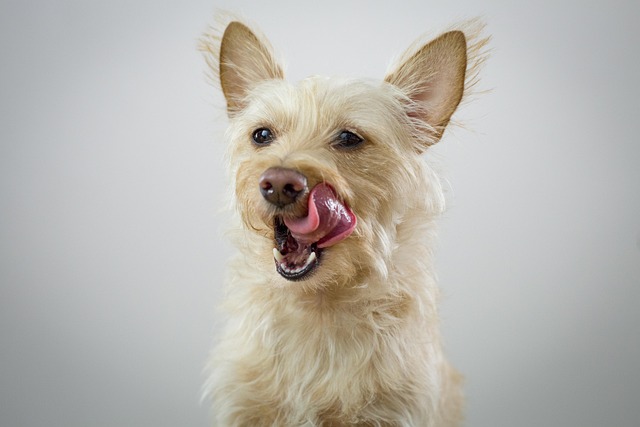
Noticing your pup scratching more than usual during your morning walk? That’s not just a quirky habit—for new dog owners, it might be the first sign of a skin infection.
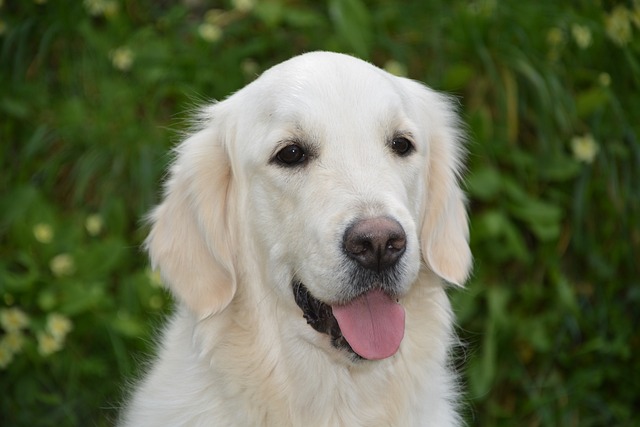
Okay, new pup parent. That frantic clicking sound echoing through your apartment hallway every time your furry friend walks? Or maybe you’ve noticed them slipping more on the hardwood floor?
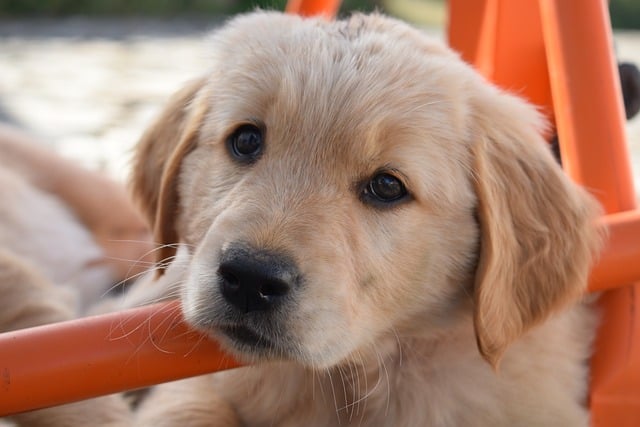
Can a dog’s eye infection clear on its own? If you’ve ever glanced at your rescue mutt “Rocky” and noticed his left eye is a little pink, with a clear, watery discharge

Parvo is every new puppy owner’s nightmare—aggressive, highly contagious, and tough on those tiny immune systems. Many breathe a sigh of relief after the third round of vaccines, but protection isn’t always instant or absolute.
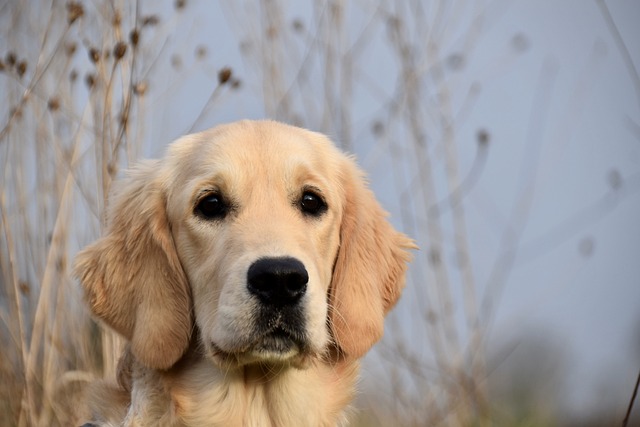
What is the most common eye infection in dogs? If you’ve ever noticed your terrier “Bella” squinting more than usual, with goopy yellow discharge crusting around her eyes